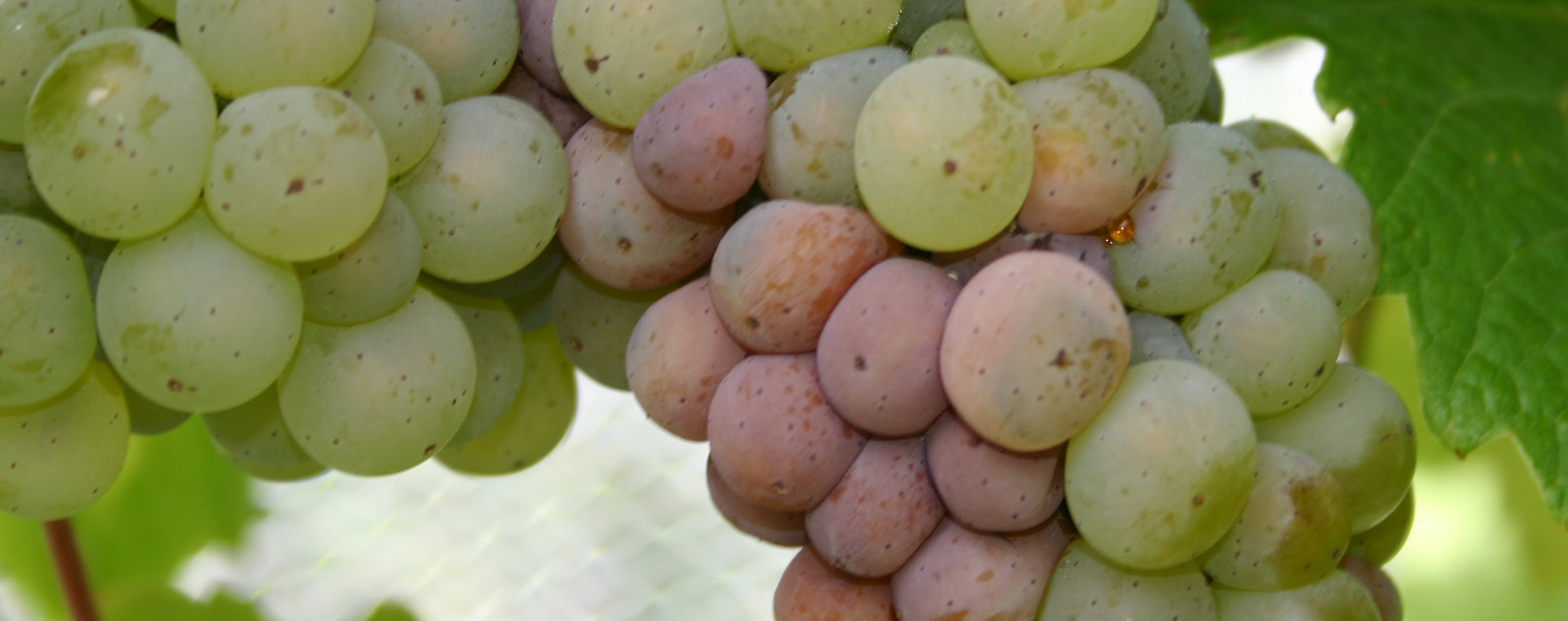But the main point is this project is about equipping winegrowers with the skills to do their own trials and on-farm experimentation.
How the project works
TIA received a grant from the Tasmanian Government’s Agricultural Development Fund in 2023 to deliver the Botrytis Project.The project team, led by Professor Kathy Evans, works closely with wine producers to design and conduct on-vineyard trials to better manage botrytis bunch rot disease.
Wine producers from nine Tasmanian vineyards participated in the first season of the trial, which has recently come to an end.
“Over the years we’ve done a lot of trials with growers but the way we’ve done them is the traditional method where we would choose a small area of the vineyard and do a small plot replicated trial,” Professor Evans (below) said.

“These are great to find out what works in a vineyard but when results are presented to growers at a field day, they may still wonder how it will work, or how to make it work, in their own vineyards. This is because their production context and climate may be very different to the site where we conducted our research.
“Unlike a researcher-led trial, each producer participating in the Botrytis Project is intimately involved in doing the trial because they’re deciding what’s going to be trialled and then we’re doing it together.”
Producers get to select a botrytis management practice and then test it to find out what works best for their site.
The TIA project team then supports the producer during the trial including the collection and interpretation of data.
“Trial results are then shared among other participants and the broader wine-producing sector to highlight successes and practical implementation,” Professor Evans said.
An example
Wine producer Dr Andrew Pirie has participated in the research process at his Apogee vineyard, near Lebrina in northern Tasmania, with a good improvement in botrytis control in Chardonnay grapes for the 2024 vintage.“It is an occasional problem in this variety but in the 2024 ripening period the disciplined research approach from Kathy Evan’s team at TIA gave significantly positive results,” Dr Pirie said.
“We learnt very clearcut that double-sided leaf plucking in the bunch zone gave us a significant decrease in our infection.”
‘Double-sided leaf plucking in the bunch zone gave us a significant decrease in our infection’“The trial is conducted over a small 0.3ha area which covered our Chardonnay plot. We made an extra $5,000 from that area this year because we didn’t have the problem of managing botrytis. You multiply that over a larger area and it’s a very significant saving.”
The trial has been designed to work within existing operations of a vineyard while allowing producers to access expert help from TIA researchers.
“The reason I think this trial is so important is that wine producers might try things in an undisciplined way, reach a conclusion and then move on without really knowing what fixed it, so I think a more orderly approach is very beneficial,” Dr Pirie said.
The first season of the Botrytis Project has concluded. TIA is calling for expressions of interest from Tasmanian wine grape businesses to become trial collaborators in the project for the next season.

 English
English French
French



.png)


.png)





